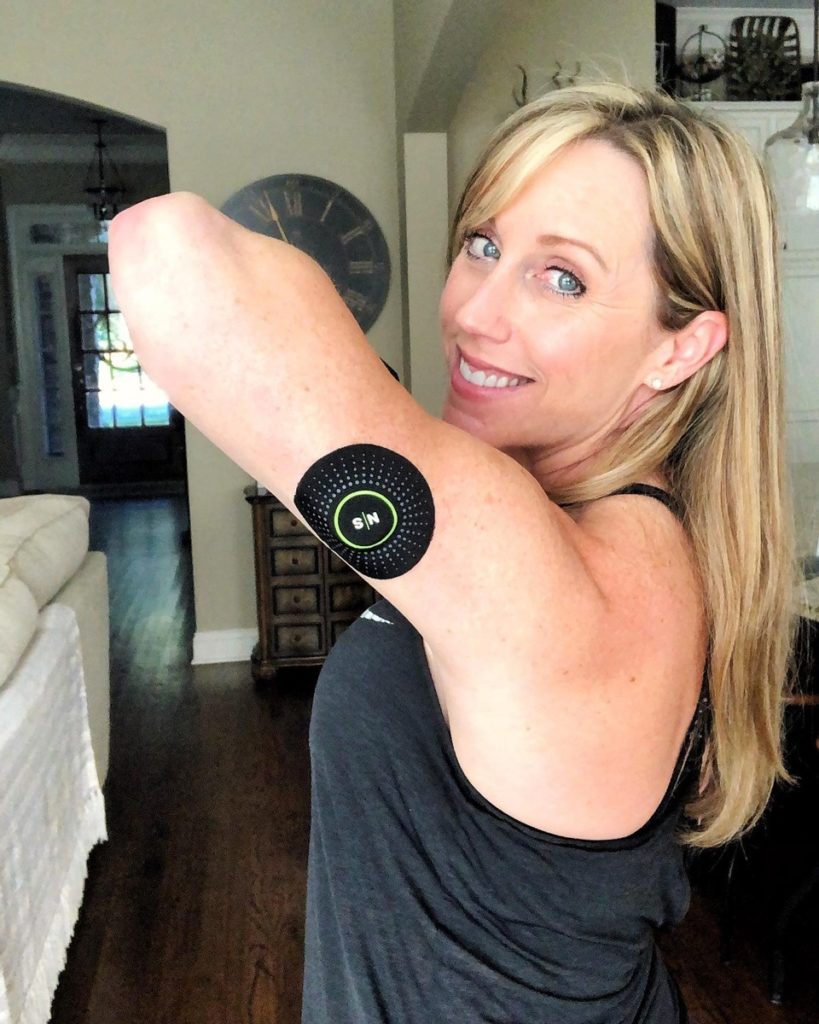5 Science-Backed Ways to Live a Healthier Lifestyle
32,880 total views, 1 views today
With so many different diet trends and people on the internet telling you what you should or shouldn’t eat, how are you supposed to know if you’re actually living healthy? Whether you’re in your 20s or 60s, it’s not like you can just change your entire life and start over. Luckily, you don’t have to. The science-backed studies below suggest five easy ways to start living a healthier lifestyle now.
1. Use a CGM program
If you’re struggling to lose weight or get your health under control, a Continuous Glucose Monitor (CGM) can help. Most people find CGMs easy to use, and that’s great – these tiny devices are seriously powerful. They monitor how your eating, sleep, stress levels and exercise habits affect your blood glucose levels in real-time. With this data, you can figure out what’s making your levels spike and make a plan to get back on track.
If you want to track your blood glucose levels around the clock and change your health for the better, NutriSense is exactly what you need. NutriSense will give you a CGM and pair you with a registered dietitian to help you get the results you need in no time.
2. Reduce your refined carbohydrate intake
Carbohydrates comprise sugars, starches, and dietary fiber. Your body converts them into glucose for energy. But there’s a limit to carbs: Eating too many refined carbohydrates, like what’s found in processed foods, can negatively impact your health. Lowering your intake of these refined sugars and flours can lower your LDL-P levels1, which can reduce your chances of cardiovascular disease.
If you’re on the search for low-carb foods, you should stick to the outer perimeter of the grocery store. Foods such as berries, non-starchy vegetables, meat, fish, eggs, and cheese are your best bet for lowering your carb intake. But don’t forget the importance of whole grains – remember, there are good carbohydrates that are essential for a healthy lifestyle.
3. Eat more fiber
By eating more fiber-rich foods, you can lower your risk of diabetes2. That’s because your body needs to do more work to break down fiber, so fiber-heavy foods don’t lead to rapid blood sugar spikes like other carb-loaded foods. Some fiber-rich foods to incorporate into your diet include oats, chia seeds, lentils, chickpeas, bananas, avocados, and strawberries.
4. Improve your sleep
Sleep can set you up for success during the day and relieve stress3. Even though stress is common and inevitable, it isn’t good for your body in the long run. Untreated stress can contribute to diabetes, high blood pressure, or heart disease.
Fixing your sleep schedule might not be as complex as it seems. If you follow these few steps, you should notice a difference.
Set a consistent sleep schedule. Go to sleep and wake up at the same time every day. For example, you could wake up at 7 a.m. and head to bed around 11 p.m. every night.
Exercise each day. Exercise can improve your health and help you sleep. Try to set aside 30 minutes a day for activities such as walking, weight lifting, or biking.
Cut back on caffeine intake. As much as you love your coffee, you might want to cut your intake or simply stop drinking caffeine by a certain time each day. The later you drink a coffee or energy drink, the harder it can be to let your body relax.
Limit screen time at night. While it may be tempting to scroll on your phone as you settle in for the night, the consistent blue light can be more stimulating than relaxing. That’s because blue light resembles the light rays the sun emits during the day. Try ditching your phone and reading a book starting 30 minutes before bed.
5. Understand your blood glucose
Do you get weirdly sleepy most days around 2 p.m? That’s common, as are imperfect solutions. Maybe you think an energy drink will get you through the last few hours of the workday. Instead of immediately resorting to caffeine, you might want to look at your blood glucose levels, also known as your blood sugar levels.
Different foods can affect your blood sugar4 in different ways. If you usually eat a white-bread sandwich for lunch, that might be why you’re crashing. Switch things up and try using a heartier, whole-grain bread or switching to a salad instead.
Glucose levels can also tell you what types of exercise, foods, and other habits are helping or hurting your body. These sorts of observations are most effective with devices that can tell you your levels whenever, wherever.
How a NutriSense CGM program can help you live a healthier lifestyle
The right tools can keep you on track as you make changes to support a healthier lifestyle. NutriSense makes it easy to get started – just complete some questionnaires, wait for your CGM to arrive in the mail, and set it all up. The data tracked around the clock helps the NutriSense dietician understand my body and help me make the right, sustainable changes that can support my health. Get started today – your body will thank you later!
Article References
- https://academic.oup.com/ajcn/advance-article-abstract/doi/10.1093/ajcn/nqab212/6308082?redirectedFrom=fulltext&login=false
- https://www.tandfonline.com/doi/full/10.1080/10408398.2013.792772
- https://www.ncbi.nlm.nih.gov/pmc/articles/PMC4688585/
- https://diabetesjournals.org/clinical/article/29/4/161/31257/How-Foods-Affect-Blood-Glucose-Glycemic-Impact


